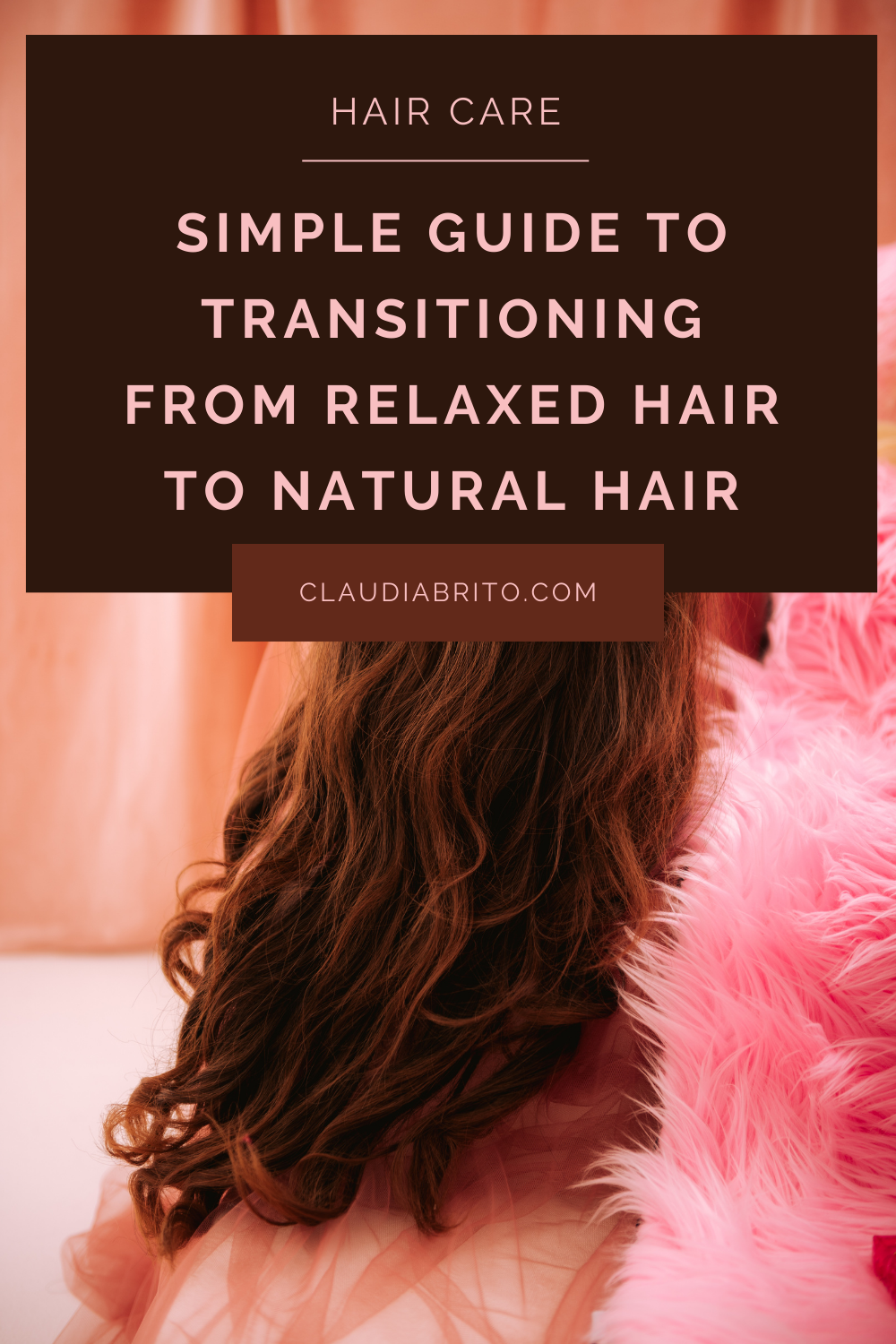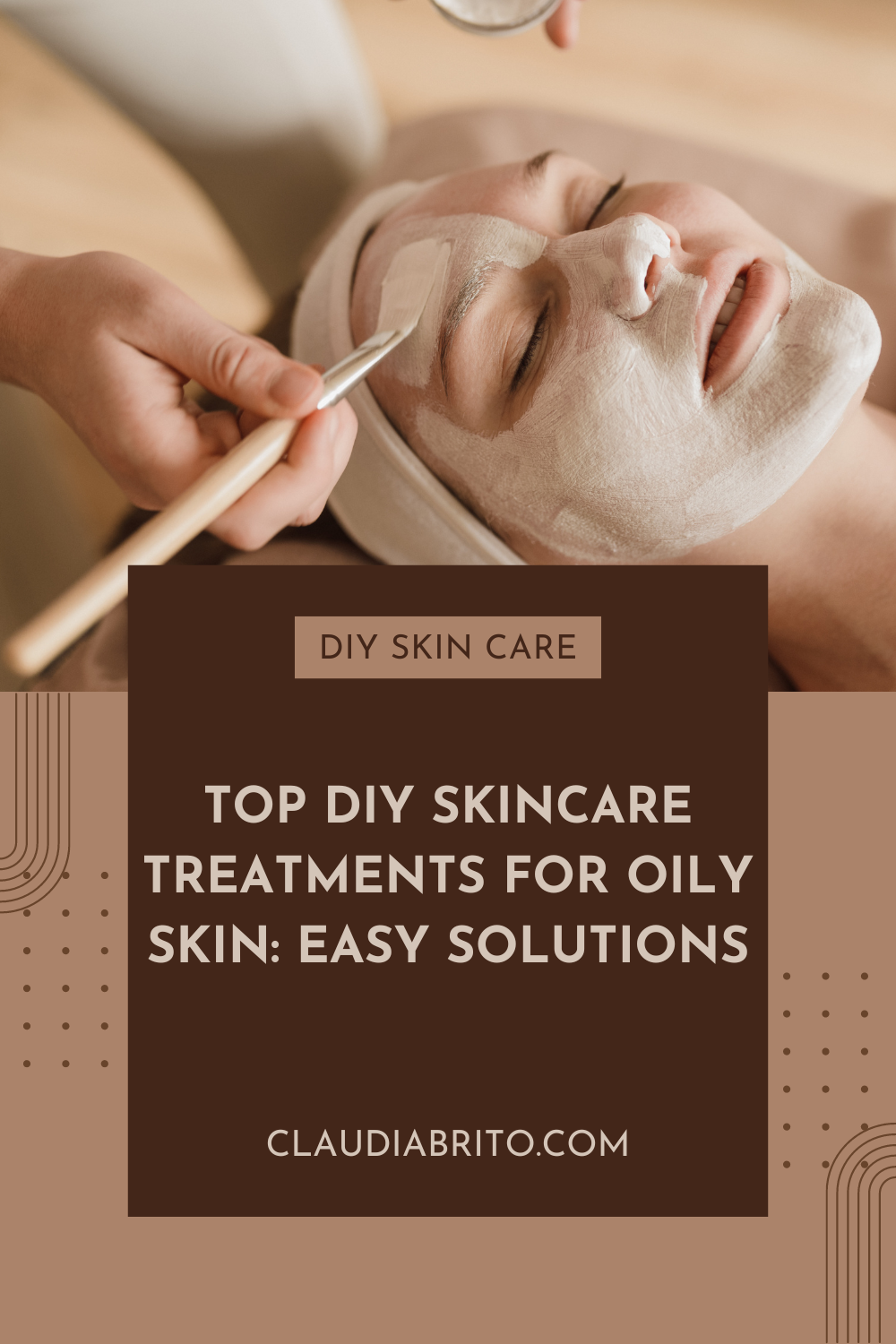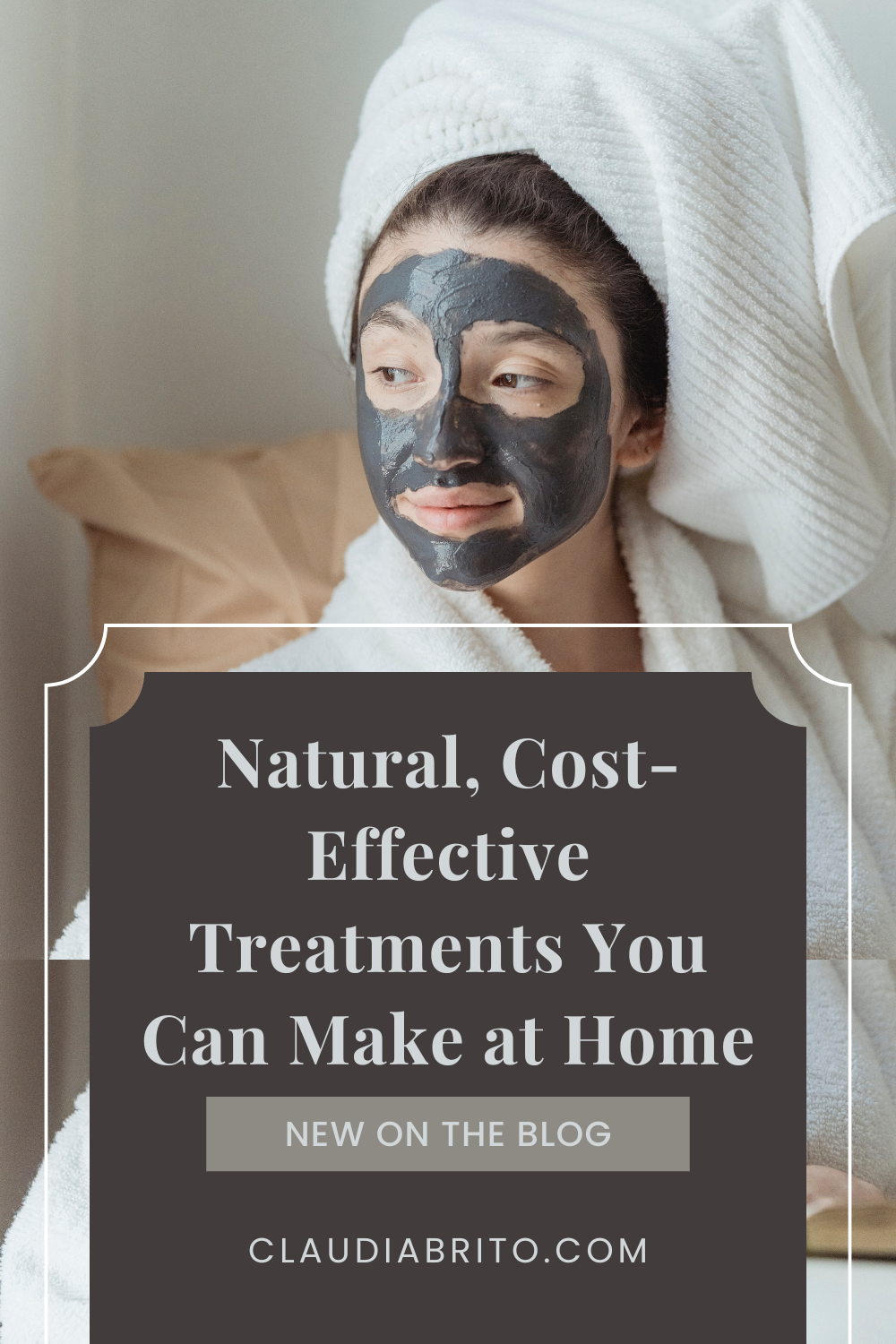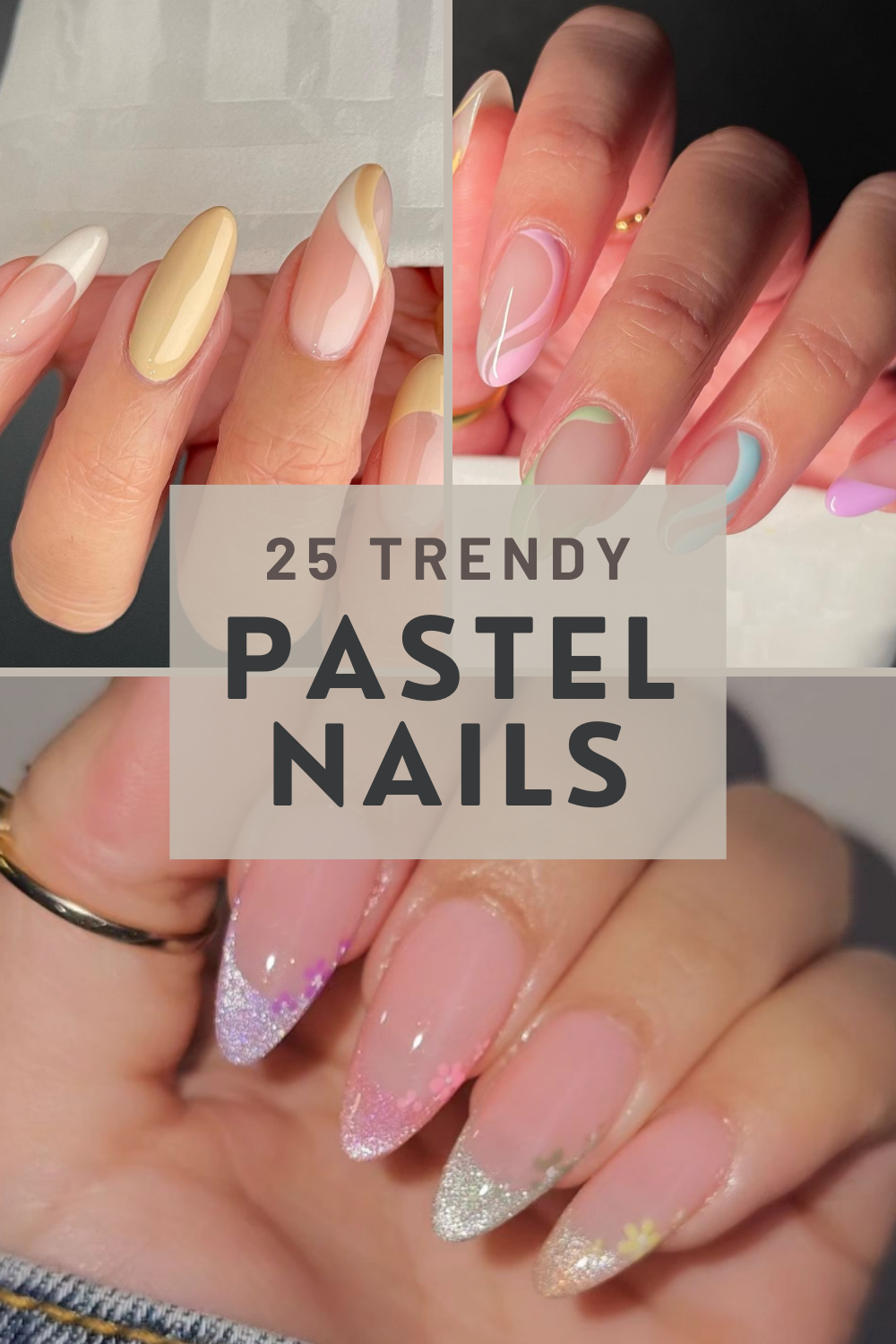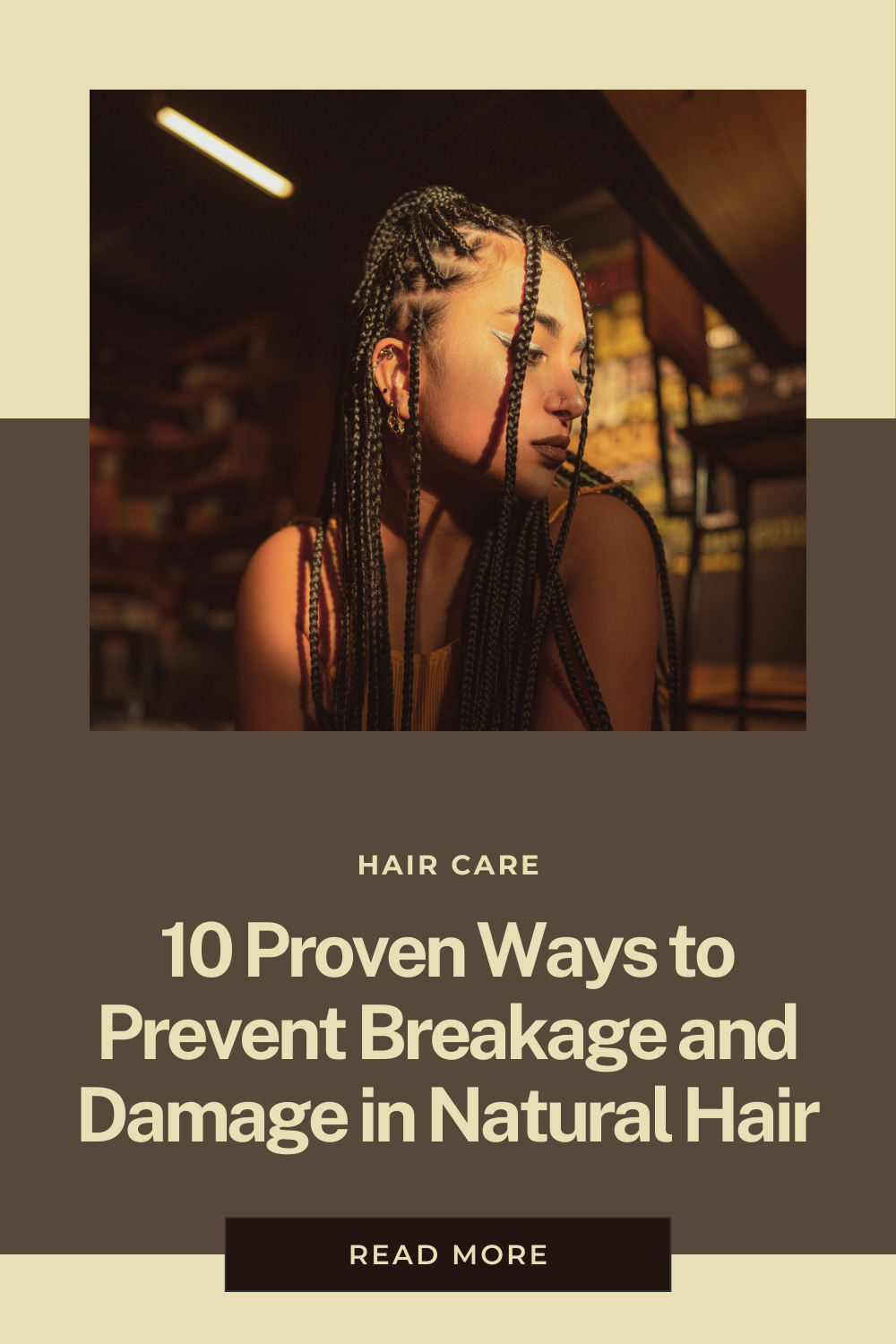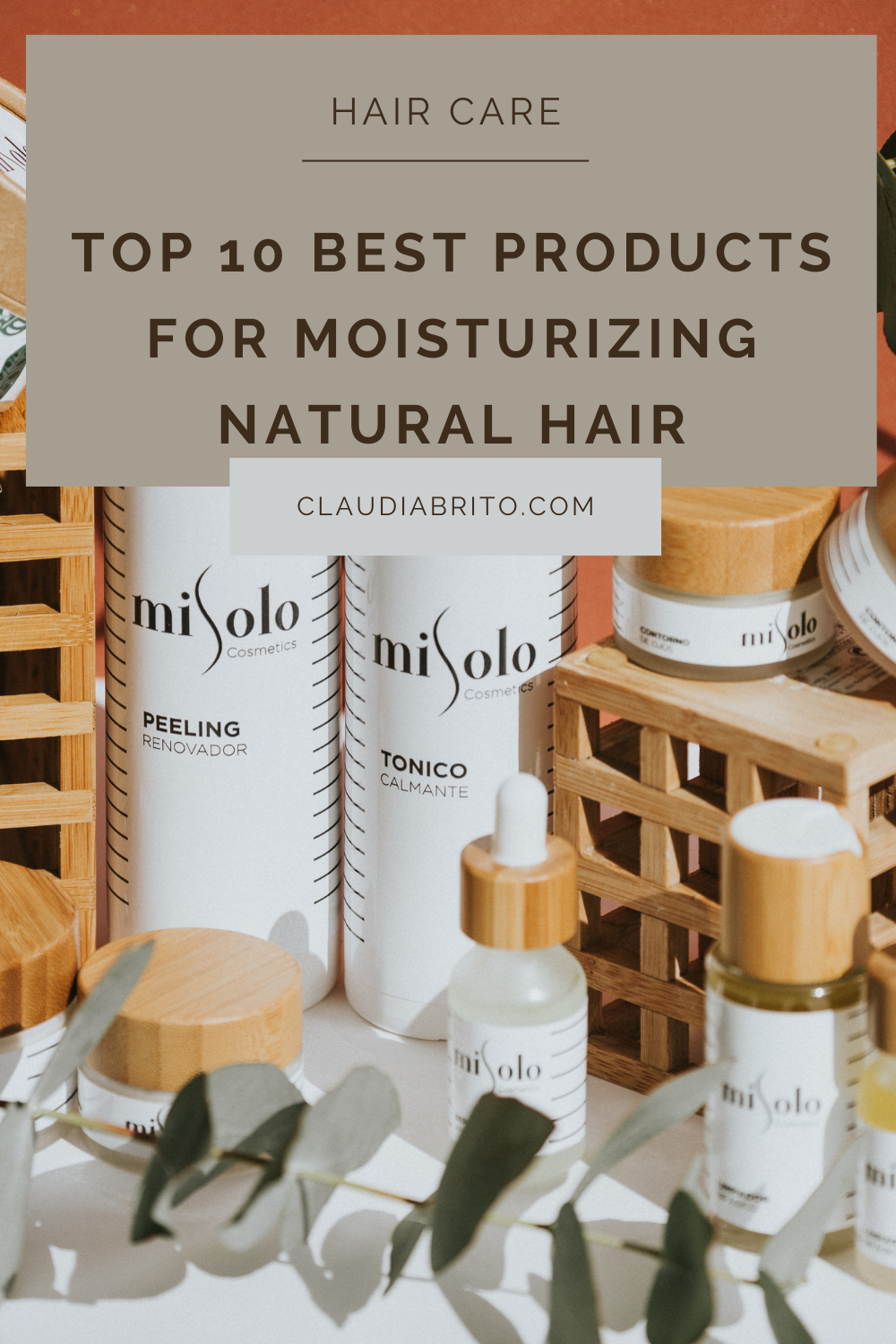Transitioning from relaxed hair to natural hair is a beautiful journey that requires patience, dedication, and the right techniques. If you’re ready to embrace your natural texture, this comprehensive guide will help you navigate the process smoothly while keeping your hair healthy and vibrant.
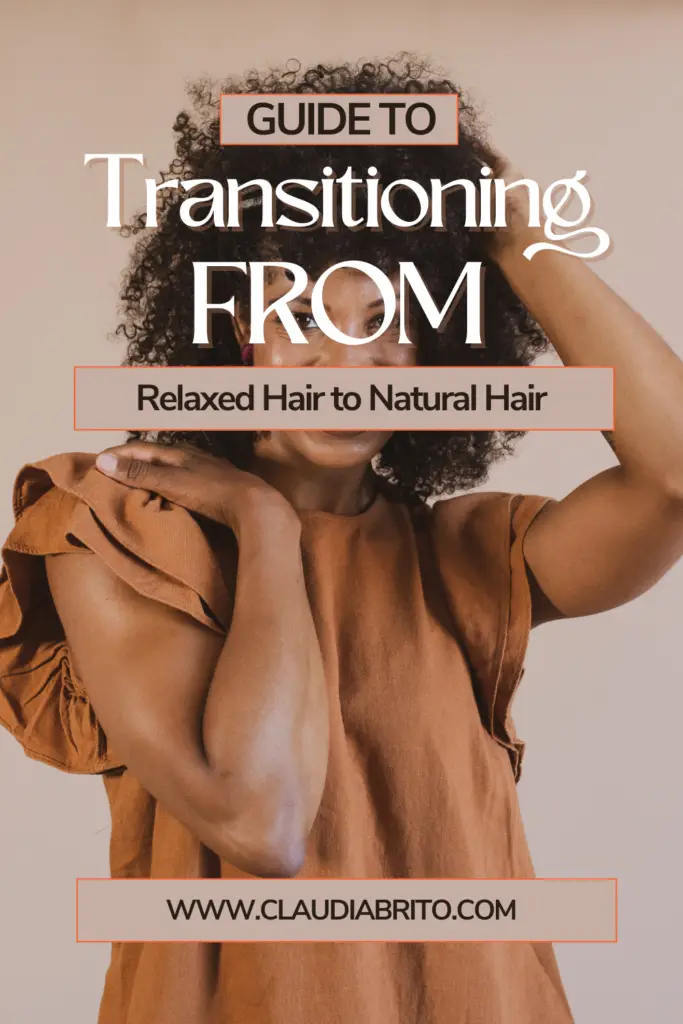
Protective Styling: Shielding Your New Growth
Protective hairstyles are essential for minimizing manipulation and protecting your new growth. These styles allow you to tuck away the two textures and avoid excessive combing or detangling, which can lead to breakage at the line of demarcation. Here are some excellent protective styling options:
- Braids: Box braids, cornrows, and other braided styles.
- Wigs and Weaves: Versatile options that can protect your hair underneath.
- Twists: Two-strand twists, flat twists, and similar styles.
- Buns and Updos: Simple yet effective in keeping hair secure.
- Crochet Braids/Locs: Great for a natural look while protecting your hair.
Regular Trimming: Maintaining Healthy Hair
As your natural hair grows, the line of demarcation where the two textures meet becomes more pronounced. Regular trims (every 6-8 weeks) are crucial to gradually remove the straight ends and blend the textures. This helps prevent excessive tangling and the formation of knots.
Deep Conditioning: Nourishing Your Strands
Your new natural hair is likely drier and more porous than your relaxed ends. Weekly deep conditioning with a rich, penetrating conditioner is vital to inject moisture into the strands. Focus the conditioner on the line of demarcation and the ends to ensure they remain hydrated and healthy.
Leave-In Conditioners: Locking in Moisture
Using a high-quality leave-in conditioner or curl cream on your wet hair helps seal in moisture and define your curls as they grow. Reapplying the leave-in conditioner daily keeps your hair hydrated and manageable.
Gentle Detangling: Minimizing Breakage
When detangling your hair, use your fingers or a wide-tooth comb instead of a brush. Start from the ends and gently work your way up to minimize breakage at the fragile line of demarcation.
Avoiding Heat: Protecting Your Delicate Strands
Excessive use of direct heat, like blow drying or flat ironing, can cause extreme damage during the transition. The new growth is very fragile. If you must use heat, always apply a heat protectant and keep heat styling to a minimum.
Scalp Care: Promoting Healthy Growth
A healthy scalp is the foundation for healthy hair growth. Keep your scalp clean and well-moisturized by washing it regularly with a gentle, sulfate-free shampoo. Use oils like jojoba, coconut, or castor oil to massage your scalp, which can stimulate blood flow and promote growth. Avoid heavy products that can clog your scalp’s pores.
Patience: Embracing the Journey
Transitioning takes time—up to two years for some. Don’t get discouraged. Celebrate each new inch of natural hair growth! This journey allows you to rediscover and embrace your natural texture.
Considering Your Options: Finding What Works Best for You
If you find the transition too difficult to manage, there’s no shame in doing the “big chop” and starting fresh with all-natural hair. Alternatively, you can opt for a long-term transition via braided styles until your relaxed ends grow out completely. The key is to have a plan, be gentle, keep your hair moisturized, and protect those delicate new curls as they grow.
Final Thoughts: Successful Transitioning
With time, patience, and the right techniques, you can successfully transition from relaxed hair to natural hair. Embrace the journey, care for your hair, and enjoy the process of rediscovering your natural beauty.
By following these tips and maintaining a consistent hair care routine, you’ll be well on your way to healthy, natural hair. Remember, every head of hair is unique, so find what works best for you and enjoy the journey!
YOU MIGHT ALSO LIKE
Top DIY Skincare Treatments for Oily Skin: Easy Solutions
Oily skin can be challenging, but with the right DIY skincare treatments, you can manage excess oil and achieve a balanced complexion. Oily skin results from overactive sebaceous…
4 min read
The Magic of DIY Skincare: Natural, Cost-Effective Treatments You Can Make at Home
In recent years, the world of homemade skincare has gained immense popularity as people seek natural, cost-effective alternatives to commercial products. DIY skincare treatments offer numerous advantages, including:…
4 min read
Natural vs. Commercial Skincare: Which is Better for You?
The homemade skincare revolution is sweeping across the beauty industry. As part of a broader trend towards natural and DIY solutions, many are turning to homemade skincare products,…
4 min read
25 Trending Pastel Summer Nail Ideas You’ll Love
1. Purple Pastel Summer Nails 2. Pastel Orange Summer Nails 3. Simple Orange Pastel Summer Nails 4. Simple Flower Pastel Summer Nails 5. Colorful Pastel Summer Nails 6.…
4 min read
10 Proven Ways to Prevent Breakage and Damage in Natural Hair
Maintaining natural hair can be a rewarding yet challenging journey. One of the primary concerns for those with natural hair is preventing breakage and damage. With the right…
4 min read
Top 10 Best Products for Moisturizing Natural Hair
Natural hair can be beautifully unique, but it often requires extra care to maintain its moisture and health. Finding the right products is crucial for keeping your curls…
4 min read
